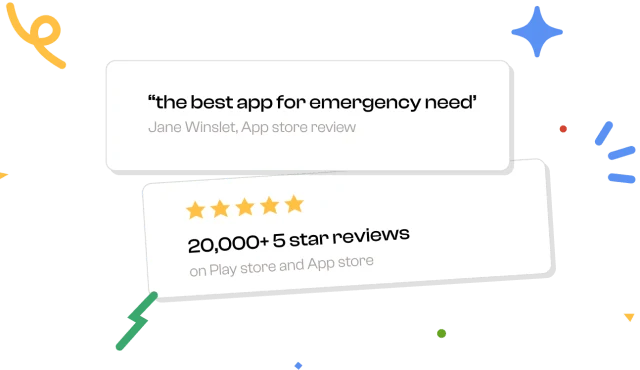A debit card is a physical card used to easily make purchases online or even in-person by withdrawing cash from your checking account. Debit cards are also used to withdraw cash at ATMs. Debit cards can be integrated with mobile payment and money transfer apps as well. Unlike a credit card, the money on your debit card is yours, and you’re not borrowing from a line of credit.
If you open a checking account at a bank, you would be given a debit card. You could utilize the card to buy something by swiping it at a supermarket’s cash register or entering the account number at an online shopping website. The cash is directly spent from the checking account. Some debit card transactions charge a fee; however, they’re usually avoidable. For instance, some banks would charge a fee if you use your card in a different bank’s ATM or if you are in another country. Few banks offer a card called an ATM card. It is usually used only for withdrawing cash from an ATM and can’t be used for swiping in shops or online websites.
Getting a Debit Card
Nearly all banks give you a free debit card if you open a checking account. You can activate it with simple steps and set a PIN for ATM use and making purchases.
Prepaid Debit Card
Regular debit cards work real-time and make a transaction from your bank account every time you buy something at a store or make an ATM withdrawal. If you don’t have a bank account, you can try another option called a prepaid debit card to make purchases. Meanwhile, prepaid debit cards need to be filled with cash, checks, or online transfers before you visit a store. Thus, prepaid debit cards are an alternative for people who don’t have a bank account and cannot use cash for their online purchases. Prepaid cards don’t allow you to build credit.
Some Debit Card Fees
Debit card transactions require some fees. Here are some fees to be prepared
- Other bank’s ATM fee: This would be charged if you use an ATM of a different bank. It would not be more than $3.
- Foreign transactions: If you use a debit card outside the U.S, you would be charged 1% to 3% of the transaction amount.
- Debit card replacement: If you lose your debit card, you would be mailed a replacement card. Usually, this doesn’t cost much.
- Overdraft fee: You would be charged about $35 if you use more cash than what you have in the checking account. However, today many online banks and credit unions don’t charge less than $35.
- Monthly fees: Some banks charge an account maintenance fee for checking accounts and debit cardholders. In most cases, you can avoid these fees if you maintain a minimum balance or have a fixed amount of money always deposited in the account every month.
See also about: prepaid debit card
Don’t Lose Your Debit Card
If you lose your debit card, you must contact your bank as soon as possible. You could continuously be monitoring the transactions on the website or mobile app to see if any transactions are made on the credit card. Some banks charge a fee if a debit card is lost or stolen. Here are the standard charges:
- If no fraudulent charges have occurred yet: $0
- Two business days: $50
- 60 days: $500
- More than 60 days: No protection
Spend more time in the bank and learn about other products and accounts. If you are in need and willing to build credit, a secured credit card might be a better option for you. If you use a credit card, you can pay later. You are borrowing money from the credit card with the condition that you would pay the cash to them at the end of the statement period. Or, if you’re not in a position to open a regular checking account, ask your bank for the details about a second chance checking account.




























